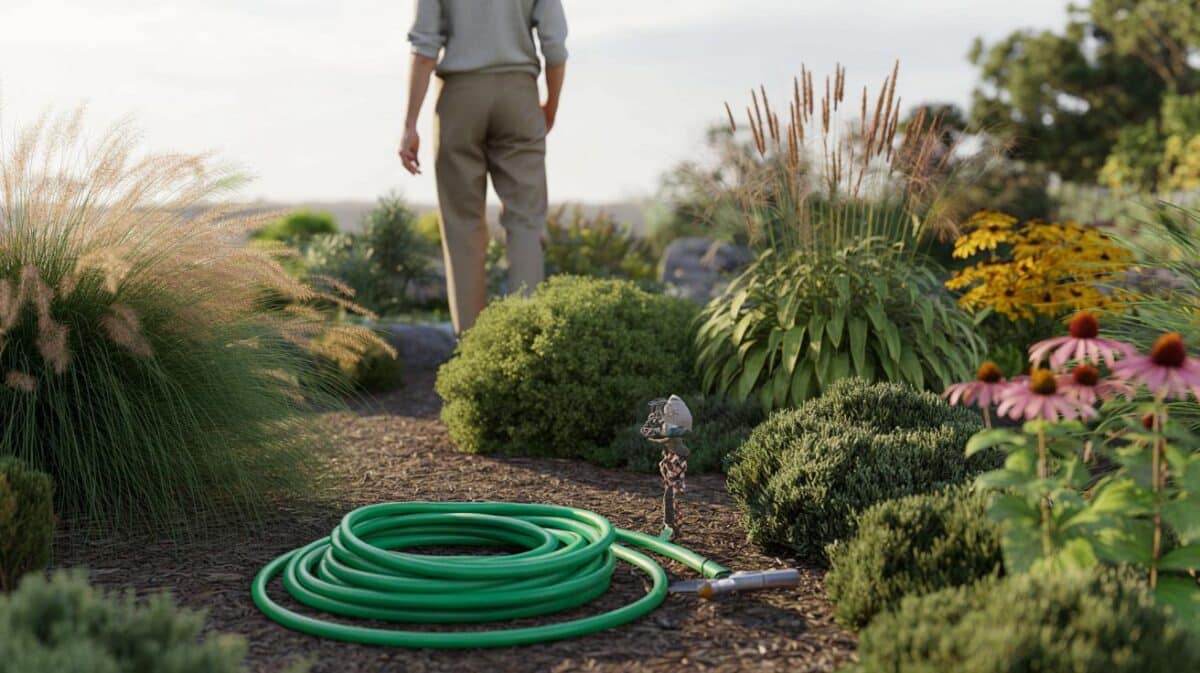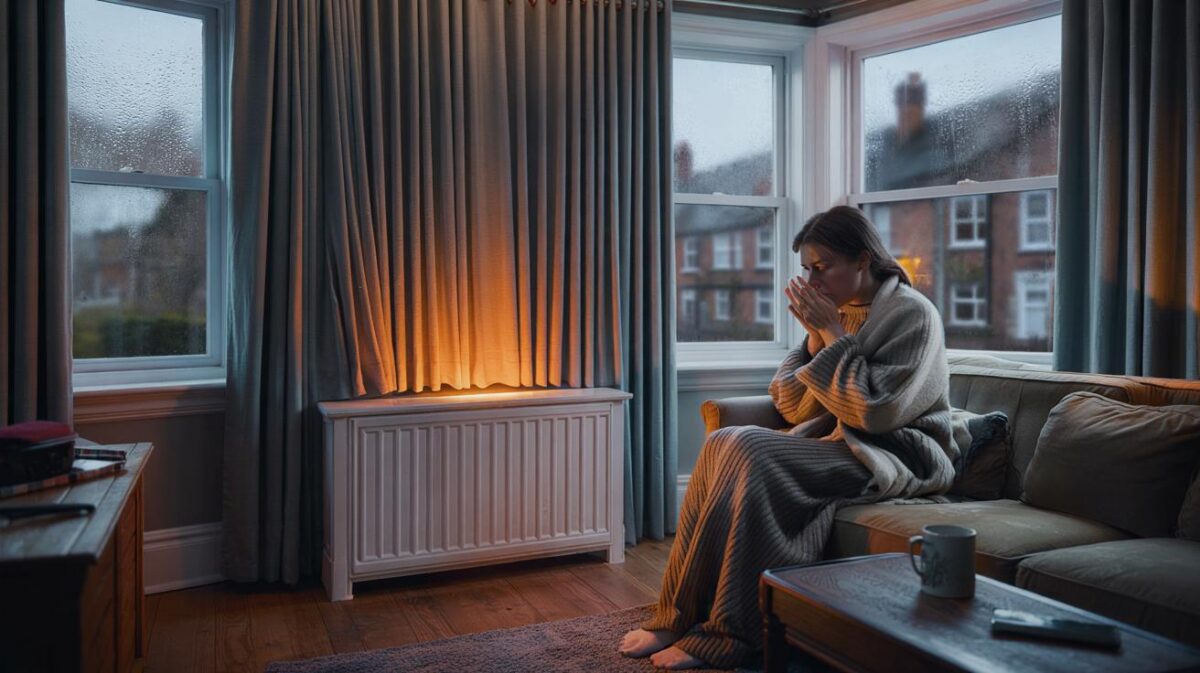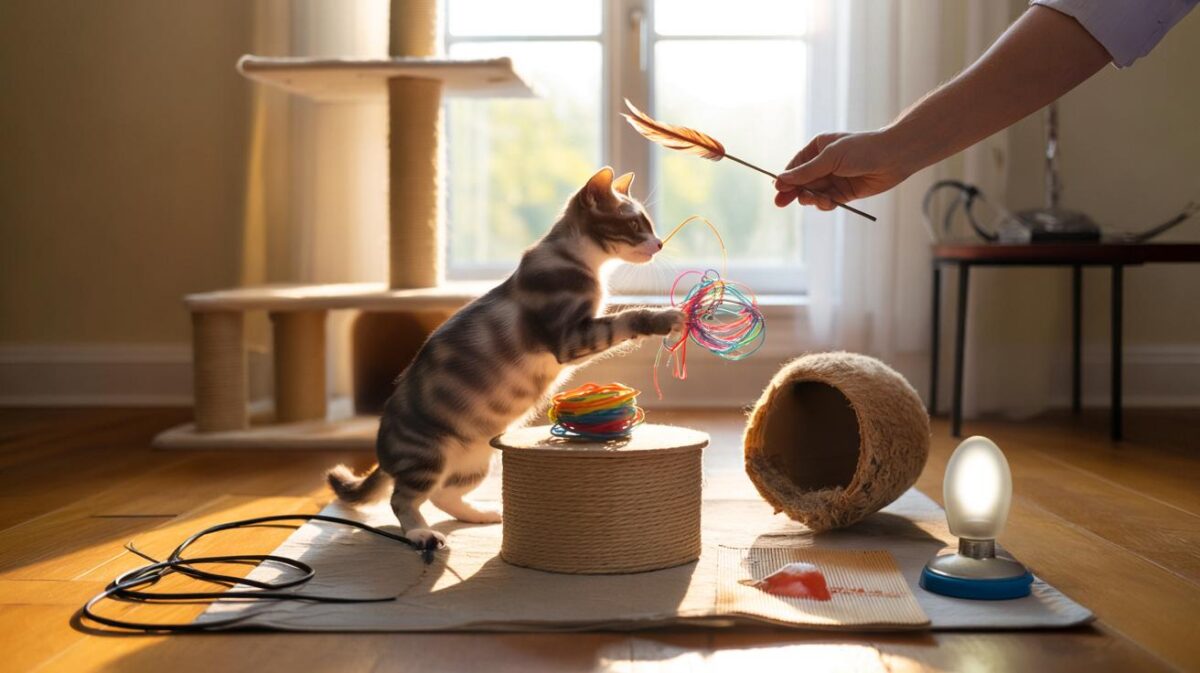It looks harmless. The daily timing hints at hidden triggers.
Owners describe the same pattern: the house calms, the telly goes on, and a pet starts working over each foot. That ritual can be grooming. It can also point to irritation, anxiety, or a skin problem gathering pace. Knowing the difference helps you act early and avoid costly flare-ups.
Why the evening matters
Routine cleaning or a signal of discomfort
Dogs clean themselves. After rain, grit and road salt cling to pads and fur. Licking removes debris and restores comfort. The trouble starts when focus narrows to one paw, the sessions run long, or the behaviour spreads into the night.
Short, occasional licks after a wet walk are normal. Repeated, intense sessions most evenings suggest something is wrong.
Evening also amplifies signals. Activity drops. An itchy patch stands out. A worried dog seeks a soothing action. Licking releases endorphins, so the habit can lock in quickly.
The prime suspects tonight
Irritants picked up outdoors
Wet leaves, mud, fertiliser residues and de-icing salt stick to hair between the toes. Fine grit can wedge in the webbing. Small thorns can puncture. These triggers cause fast-onset licking that often follows a specific walk or route.
Allergies in season and at home
Autumn brings mould spores and dust-mite peaks indoors. Winter means more time on carpets and bedding that hold allergens. Food changes around the holidays can add a second hit. Allergies tend to affect multiple paws and flare after lying down on rugs or blankets.
Anxiety when the house quietens
A dog left alone for long stretches may cope by self-soothing. The quiet of late evening can unlock a cycle of compulsive licking. The behaviour can migrate from paws to flanks or tail if stress persists.
Skin disease and parasites
Yeast overgrowth loves damp webbing between toes. Bacteria exploit tiny cracks in dry pads. Mites and harvest mites irritate skin that’s in contact with grass. These conditions cause odour, redness, or brown staining of fur, plus pain on touch.
The seven red flags you should count
- One paw gets most of the attention while others look untouched.
- Licking lasts more than 10 minutes or recurs several times in an evening.
- Skin looks red, shiny, thickened, or the fur turns rust-coloured from saliva.
- There is a sour or musty smell between the toes.
- Your dog wakes at night to lick or abandons play to chew a paw.
- You spot scabs, wet patches, bleeding, or a crack in a pad.
- Limping, irritability, or sudden dislike of having paws handled.
If two or more red flags show up on most nights of the week, treat it as a health problem, not a quirk.
Three fixes you can try now
1) A five-minute wash–dry check after every walk
Rinse paws in lukewarm water. Splay the toes and inspect the webbing. Remove grit and plant matter. Dry thoroughly with a soft towel, including between toes. Dampness feeds yeast and keeps irritation alive.
2) Create a barrier and change the surface
Apply a vet-approved paw balm to clean, dry pads before the last walk. It reduces friction and shields from salt. Choose routes with grass verges or clean paths for 48 hours. If your area is salted, rinse on return.
3) Redirect the habit and lower evening stress
Offer a chew or a food puzzle for 10–15 minutes when licking starts. Cue a short scatter-feed game on a mat. Add a brief training refresher to provide focus. Calm engagement often breaks the cycle.
| Likely cause | Clues | What to try for 48 hours | Call the vet if… |
|---|---|---|---|
| Irritants | Worse after specific route; grit visible | Wash–dry, balm, route change | Pain on touch or limping continues |
| Allergy | All paws itchy; flares on carpets | Daily rinse, clean bedding, note food changes | Skin inflamed or sleep disrupted |
| Yeast/bacteria | Odour; brown staining; moist skin | Keep dry, prevent licking with distraction | Ooze, swelling, or feverish touch |
| Anxiety | Licks when house quiets; other habits | Enrichment in evening, predictable routine | Behaviour escalates or spreads to other areas |
When the vet should see it
Book promptly if there is swelling, a hot spot, a split pad, or persistent night-time licking. Seek care if a foreign body is suspected or if your dog guards the paw. Early treatment often means a topical plan rather than antibiotics. That shift can cut repeat visits and trim winter bills by the sort of £100–£200 owners face when infections set in.
Pain, odour, or discharge calls for professional care. Home care handles dirt and dryness. It does not treat infection.
Bring a timeline. Note which paw, the time of day, and what helped. Photograph changes. List recent diet tweaks, new treats, floor cleaners, and grooming products. That detail speeds diagnosis and limits trial-and-error.
What not to do at home
- Do not use human steroid creams or antifungals without guidance.
- Avoid harsh soaps and hot water that strip oils and crack pads.
- Do not bandage tightly. Moist, wrapped skin can worsen infection.
- Avoid punishment. Stress often amplifies the habit.
Smarter prevention for the months ahead
Set a simple paw-care routine
Keep a shallow bowl by the door. Rinse, pat dry, then reward calm handling. Rotate two washable doormats to cut grit indoors. Launder bedding weekly at 60°C. These small steps reduce allergen load and protect the skin barrier.
Track patterns and test changes
Use a seven-day note to spot triggers. Log route, weather, and floor time. Swap one variable at a time. Try a different walking surface for three days. Trial a single-protein treat instead of mixed snacks. Evidence from your notes guides your next step and supports a targeted vet plan.
Build a calmer evening
Give a short sniffari after the last walk. Scent work tires the brain without overexciting joints. Prepare a stuffed toy and freeze it for a slow chew. Add a five-minute training refresher with two cues your dog knows well. Predictable activities reduce the need to self-soothe.
Extra detail owners ask about
Boots can help on salted streets, but fit and acclimation matter. Start indoors for a minute, treat, then remove. Increase slowly. Trim fur between pads only if it mats and traps grit; keep the surface level, not short. For dry, cracked pads, choose a balm without strong scent and test on a small area.
If allergic patterns persist, ask your vet about a staged plan: flea control, medicated washes, and a controlled food trial over 6–8 weeks. Many dogs need a combination. The aim is comfort, not just silence. A comfortable dog sleeps, plays, and lets a habit fade instead of fighting it every night.








